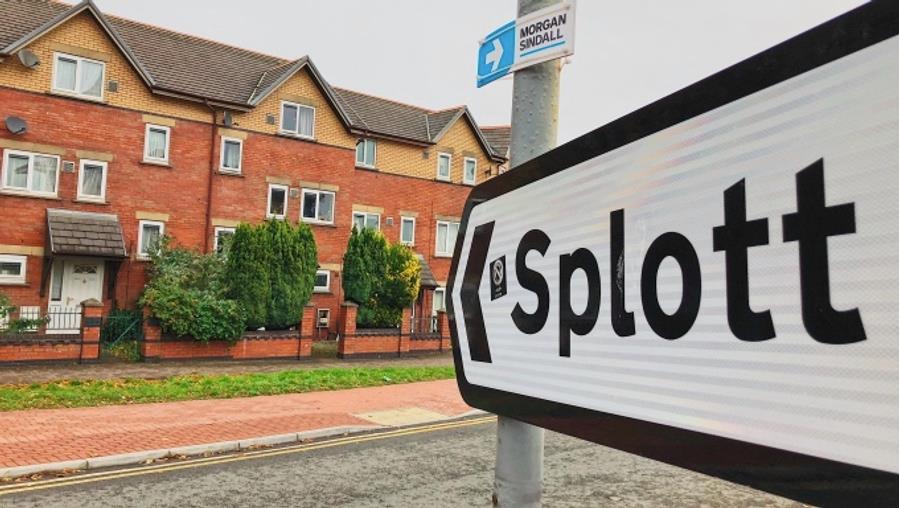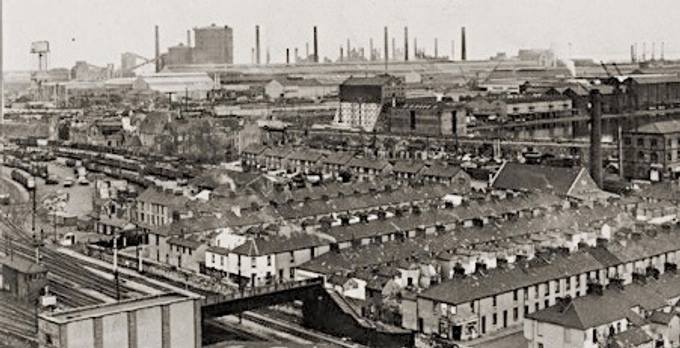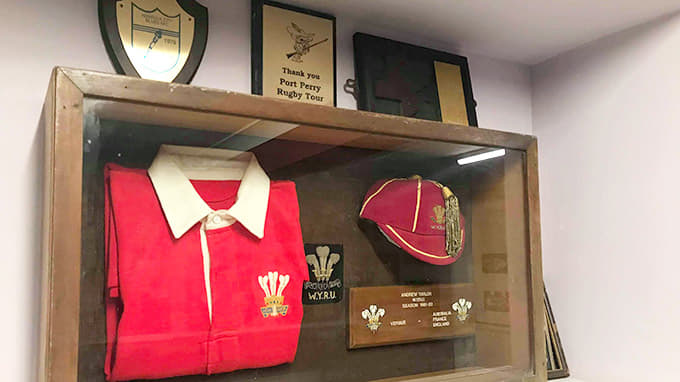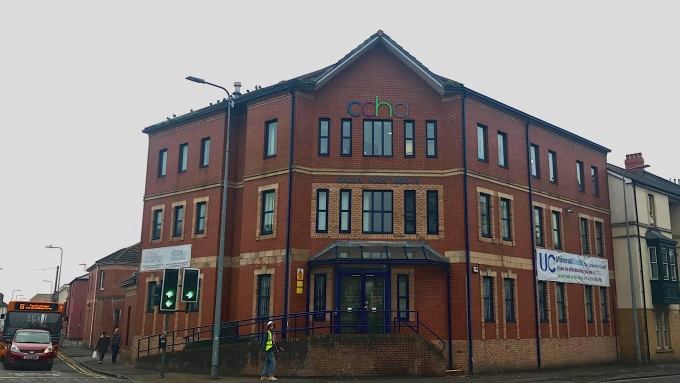Some like it Splott, and you should too. Here’s what to know about the area.

Splott is a district of Cardiff that has a vibrant community of citizens consistently working to improve the social, economic and cultural landscape that they call home. We’ve put together a list of the top 10 things that anyone visiting the neighbourhood should know about its history and growth, as well as the faces and places that are most important to the Splott community. We hope you enjoy.
1. Campaigners are working to secure more green space.

Campaigners from Green City Events have over 3,000 signatures on their petition to save a plot of land on Railway Street from becoming the site of a new housing development. The group has learned that city council is reconsidering its decision and will decide the outcome of the space after Christmas.
Green City Events has been working to secure the land for four years, hoping to turn it into a community ‘green hub’. The site, which is 1400m², would feature a small set of shipping containers to be used for local businesses, a community hub with kitchen and classroom facilities and a local green space, including a wild play area and chicken coop, among other things.
2. The Repair Café has set up shop in Splott.

Walking on Splott Road, it’s easy to miss this little place where useless appliances can be brought back to life! The Repair Café has been established in the Oasis Café.
The volunteers of this service focus on the importance of reusing and recycling. They organise events with the aim of teaching people how they can do some of the smaller repairs themselves and if you are particularly skilled in repairs, you could use your skills to revive damaged electrical appliances, bicycles and even computers, giving people the chance to enjoy them again.
3. St. Saviour’s Church is at the heart of the community.

Although Cardiff suffered bombing during World War II, St. Saviour’s Church survived. Last Wednesday, they commemorated their 130th anniversary. The church holds events that are central to Splott’s community. These include a food bank, children’s clubs and memorials for children who have passed away. St. Saviour’s no longer gets funding from the diocese, so expenses are largely paid for by weekly donations from its parishioners.
4. The (new) Old Splott Library keeps the community together.

The Old Library almost became derelict between 2003 and 2013 due to lack of finances and lack of care. Thankfully, a local rugby club, Old Illtydian RFC, took control of the building and brought it back to life. The Old Library is now a flourishing centre of activity in the Splott community, hosting an array of events throughout the week including live folk music on the last Friday of every month, a breakfast group offering a free meal to those in need, theatre groups and more.
5. Splott owes its lines of attached housing to the steel industry.

When the Industrial Revolution hit what was then Upper and Lower Splott farms, urbanisation flooded the region. In 1891, the Dowlais Steelworks relocated from Merthyr to Cardiff after being gifted a parcel of land in the East Moors by Lord Bute. This would become the East Moors Steelworks, which would have been located in Tremorfa. In 1895, a rectangular grid of attached houses expanded east of the industrial location in order to accommodate the new steelworkers and their families. These terraced houses, which were then known as ‘Dowlais Cottages’, are a prominent feature of Splott today.
6. The name “Splott” has a long history.

Deservingly, “Splott” often appears on lists of the U.K’s most unusual place names. The name can be traced back to medieval times, when the land was an episcopal estate owned by the Bishop of Llandaff. It is thought that “Splott” may have originated as a truncation of “God’s Plot”. Others say the name came from the Welsh word Ysblad, meaning a “firm piece of land surrounded by marsh”. Whatever the origin, “Splott” is a lasting remnant of the centuries-old history of the region.
7. Splott market is open each weekend.

Every Saturday and Sunday, Splott market on Titan Road becomes the most crowded place in the area. You can find just about everything, including fresh fruits and vegetables, household appliances, clothes, bags and old computers. It is a good chance not only for people in Splott but also for people who live in Cardiff to buy goods at extremely reasonable prices and for parents to buy presents for children.
8. Rugby has an active history in Splott.

Old Illtydians Rugby Football Club was formed in 1928 and is still active today. In 1966, the club gained membership to the Welsh Rugby Union and is a mainstay of the Splott neighbourhood. The club is also credited with saving Old Splott Library by purchasing the building from Cardiff City Council.
9. Finding employment for Splott’s citizens is a main concern.

The Cardiff Community Housing Association (CCHA) on Meteor Street has launched their REACH program to help jobless citizens in Splott and Adamsdown. The group targets those who are economically inactive and have been unemployed for one year. Each participant will receive an assigned mentor and access to support, training, and limited funds.
10. Yes, there’s such thing as Splott Beach.

It may not have the golden sands of Barry Island or Penarth pier, however, it is Splott’s own little slice of the beautiful Welsh coastline. Strewn with bricks manufactured as far back as 1858 by Graigddu Brick Co., with industrial units looming over the beach, this may not be the ideal place to spend a summer’s day but it does show the region’s industrial history.
